The new discovery could provide new insights into the history of human settlement in the Corsican archaeological site.
Researchers in the I Casteddi site in Tavera commune in the Corse-du-Sud department of France discovered a presumably Neolithic layer under the Middle Bronze age house in the site. This find might help researchers date the human settlements in the area.
At the I Casteddi site in Tavera commune in the Corse-du-Sud department of France, archaeologists made a discovery which might significantly contribute to our understanding of the area.
The regional archaeology laboratory (LRA) has been carrying out excavations in the area since 2014. The site houses a medieval castle, probably dating from the 12th or 13th century, discovered in 1961. The bronze age house next to the castle is intelligently integrated into the structure, evidenced by the aligned notches where the roof rafters were fitted. The area has been occupied by human settlements since the Bronze Period.
Nevertheless, there has never been evidence of prehistoric human presence in the area until now.
"Beneath the Middle Bronze Age house [in the excavation site], below the settlement layer, we have brought to light a level similar to the Neolithic," explains Hélène Paolini-Saez, director of the LRA. If the finding actually evidences prehistoric human presence in the area, it might shed new light on the early inhabitants of the area and their way of life.
The study of the Neolithic layer will continue next year. The LRA will continue the excavations until at least 2025.
Photo: The walls of the medieval castle in the I Casteddi site; wall B (right), wall C (left) and wall D ( front). C: P. Comiti (LRA)
M. Enes Gençtürk - Arkeolojikhaber




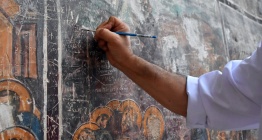
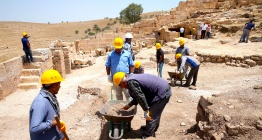


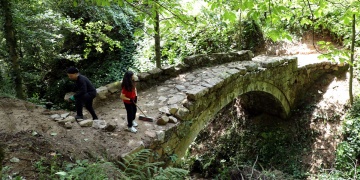 Ressam Serdar Abay, tarihi kemer köprüdeki yabani otları kızıyla temizledi
Ressam Serdar Abay, tarihi kemer köprüdeki yabani otları kızıyla temizledi 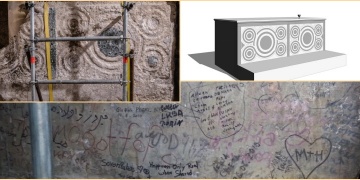 Archaeologists have discoveried a crusader altar in the Church of the Holy Sepulchre
Archaeologists have discoveried a crusader altar in the Church of the Holy Sepulchre 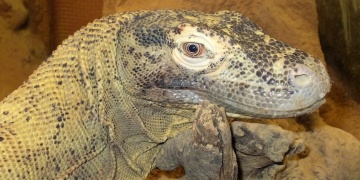 Komodo ejderinin demir dişli olduğu anlaşıldı
Komodo ejderinin demir dişli olduğu anlaşıldı 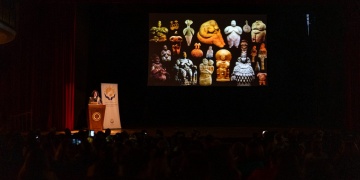 Doğa Taşlardan, Anadolu Tanrıçaları'ndan sonra Anadolu Bacılarının öykülerini anlatacak
Doğa Taşlardan, Anadolu Tanrıçaları'ndan sonra Anadolu Bacılarının öykülerini anlatacak 




